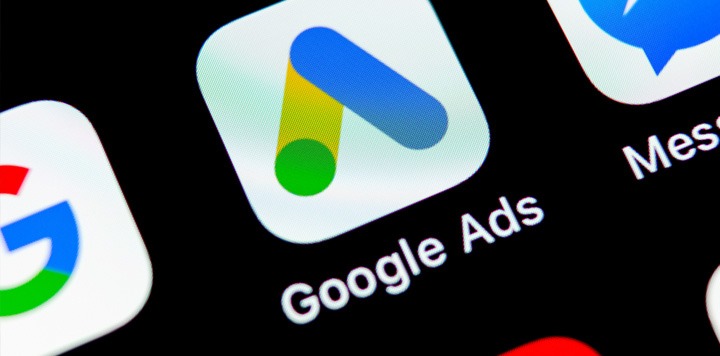
Follow WOWNEWS 24x7 on:

A Major Shift in Ad Targeting Strategy
Google Ads is making a bold move that’s sending ripples through the digital marketing world. By the end of 2025, advertisers will no longer be able to manually select language preferences for Search campaigns. Instead, Google’s artificial intelligence will take full control of language detection, using user signals and behavioral data to determine which ads to serve. This marks a significant pivot toward automation and AI-driven personalization, while also raising questions about control, accuracy, and strategic flexibility.
Key highlights from the announcement
1. Manual language targeting will be removed from all Search campaigns
2. Google AI will automatically detect and assign language targeting based on user signals
3. Non-Search campaigns such as Display and YouTube will retain manual language settings
4. Advertisers will need to monitor performance closely and adapt strategies to AI-driven targeting
Why Google is making this change
Google’s rationale centers on simplifying campaign setup and improving ad delivery efficiency. By removing manual language settings, the platform aims to reduce friction for advertisers and lean into its AI capabilities. The system will analyze multiple signals including search term language, user history, browser settings, and landing page content to determine the most appropriate language for ad delivery.
- This automation is expected to streamline campaign creation, especially for advertisers targeting multilingual audiences
- Google believes its AI can better detect user language preferences across devices and sessions, offering more dynamic targeting
- The move aligns with Google’s broader push toward automated campaign management, including Performance Max and Smart Bidding
Industry reactions: Mixed feelings from marketers
While some advertisers welcome the change as a step toward smarter automation, others are concerned about losing granular control over their campaigns.
- Seasoned marketers argue that manual language targeting has been a critical tool for reaching niche audiences and avoiding misfires
- Concerns include ads being shown in unintended markets, reduced precision in multilingual regions, and potential mismatches between ad copy and user language
- Some experts predict increased demand for translation services and tighter alignment between ad creatives and landing page language
What stays the same
Importantly, this change only affects Search campaigns. Advertisers running Display, YouTube, Shopping, or App campaigns will still be able to manually select language preferences. This distinction allows marketers to retain control in visual and video formats, where language plays a more direct role in user engagement.
- Google Ads Help Center confirms that non-Search campaigns will continue to support manual language targeting
- Advertisers can still use geographic targeting and audience segmentation to refine delivery in Search campaigns, even as language settings go automatic
Strategic implications for advertisers
This update demands a shift in how advertisers approach campaign planning and performance analysis. With AI now dictating language targeting, marketers must focus on optimizing other elements of their campaigns to maintain relevance and reach.
- Ad creatives should be designed with multilingual flexibility in mind, anticipating cross-language delivery
- Landing pages must be language-consistent and user-friendly across regions
- Performance metrics should be monitored for anomalies, especially in regions with high linguistic diversity
Looking ahead: Automation as the new normal
Google’s decision to sunset manual language targeting is part of a larger trend toward AI-led advertising. As platforms continue to prioritize automation, advertisers will need to evolve their strategies, tools, and expectations.
- The shift may benefit small businesses and new advertisers by reducing setup complexity
- Larger brands and agencies may need to invest in AI auditing tools and multilingual content strategies
- The change underscores the growing role of machine learning in shaping digital marketing outcomes
Sources: Search Engine Land, Franetic, Google Ads Help Center


